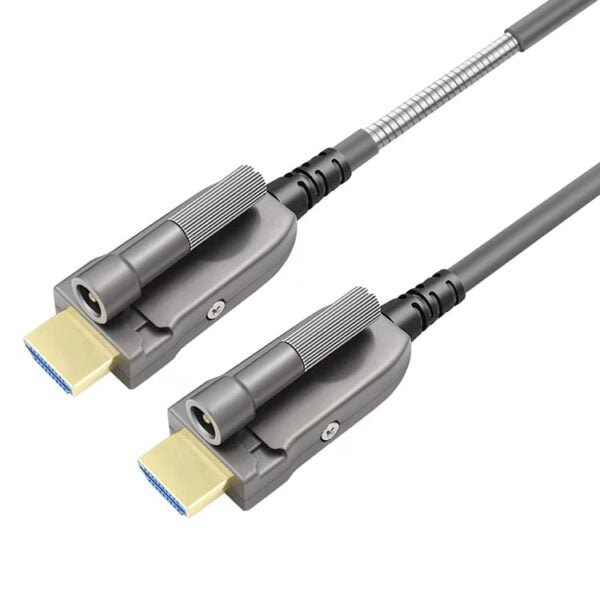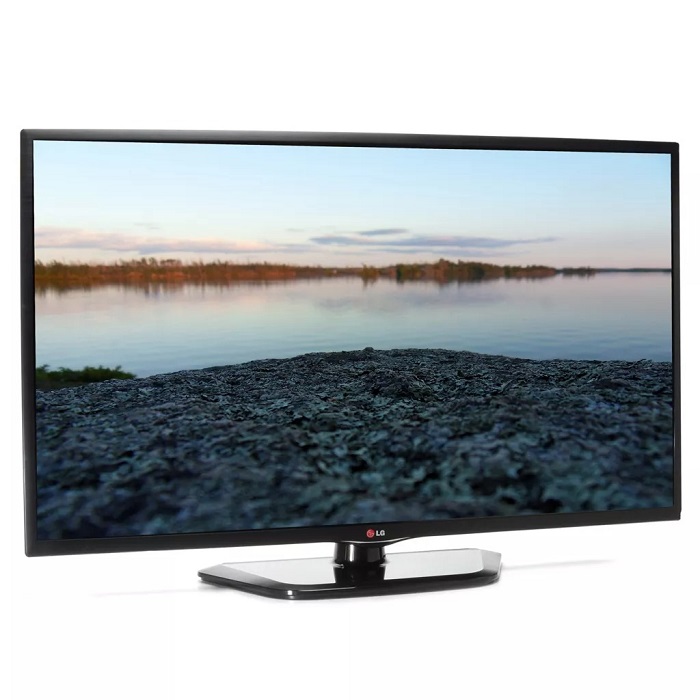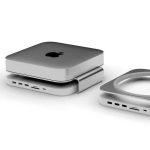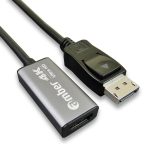Contents
- 1 Introduction to HDMI Port Problems on LG TVs
- 2 Common Symptoms of LG TV HDMI Port Issues
- 3 Step-by-Step Guide to Diagnosing HDMI Problems
- 4 Solutions for Fixing Your LG TV’s HDMI Ports
- 5 Tips for Preventing HDMI Port Damage
- 6 When to Seek Professional Help for HDMI Port Repair
- 7 Alternatives to HDMI: Other Ways to Connect Your Devices
- 8 Conclusion: Ensuring the Longevity of Your HDMI Ports
Introduction to HDMI Port Problems on LG TVs
HDMI ports are essential for modern entertainment setups. They link your LG TV to gaming consoles, streaming devices, and more. Yet, these ports may experience issues. This can disrupt your viewing experience. We will explore the common problems you might face with LG TV HDMI ports. These include signal loss, poor image quality, or failure to recognize devices. Understanding these problems is the first step to fixing them. By knowing what to look out for, you can quickly identify and address HDMI port issues.
In the following sections, we will cover the symptoms to watch for. We will also offer a step-by-step guide to diagnose and resolve these issues.
Common Symptoms of LG TV HDMI Port Issues
Identifying symptoms of HDMI port issues with your LG TV is critical for timely fixes. Here are common signs:
- No Signal Message: This is often the first sign of a problem. If your LG TV displays a ‘no signal’ message, it’s a clear indicator the HDMI port may not be functioning properly.
- Poor Image Quality: Sometimes the LG TV hdmi port can cause the picture to look fuzzy or unstable. If the image quality suddenly drops, check the HDMI connection.
- Intermittent Sound: Sound cutting in and out or the complete loss of audio can signify issues with the HDMI port.
- Flickering Screen: A flickering screen can mean a poor HDMI connection. It might be due to a faulty port.
- Unrecognized Devices: If your LG TV doesn’t recognize a device that was previously working, the HDMI port might be to blame.
These symptoms can arise from various issues. It could be as simple as a loose connection or as severe as internal damage. Users should try basic troubleshooting methods first. For example, checking cable integrity or trying different HDMI ports. If problems persist, further steps may be necessary to diagnose and fix the issue.
Step-by-Step Guide to Diagnosing HDMI Problems

When faced with HDMI port issues on your LG TV, a systematic approach helps. This guide will lead you through a series of checks and tests. Follow each step to pinpoint the source of the problem.
- Check the HDMI Cable: Start simple. Examine the HDMI cable for any damage. Look for bends, cuts, or frayed ends. Replace the cable if you spot any issues.
- Inspect the HDMI Ports: Check the ports on both your LG TV and the connected device. Ensure they’re free of dust and debris. Use a soft, dry cloth to clean the ports gently.
- Secure the Connection: Make sure the HDMI cable fits snugly in the ports. Loose connections often cause signal problems.
- Test With Different Devices: Use another device with your LG TV. If it works, the issue might be with the original device, not the port.
- Try Another HDMI Cable: Sometimes, the cable might be the culprit. Switch to a different HDMI cable and see if that resolves the issue.
- Swap HDMI Ports: Your LG TV typically has multiple HDMI ports. Plug the cable into a different HDMI port to see if the problem is with a specific port.
- Software Updates: Outdated TV firmware can lead to HDMI port issues. Check for any available updates for your LG TV and install them.
- Reset TV Settings: As a last resort, reset your LG TV to factory settings. Note that this will erase all personalized settings.
By following these steps, you increase the chances of finding a solution. If none of the above works, there might be a deeper issue at play. It could be time to consider professional help for a more thorough inspection.
Solutions for Fixing Your LG TV’s HDMI Ports
After diagnosing the HDMI problems with your LG TV, it’s time to explore solutions. To restore full functionality to your HDMI ports, follow these steps:
- Reconnect the HDMI Cable: A simple yet effective solution. Unplug the HDMI cable, then reconnect it securely.
- Replace Faulty Cables: If your HDMI cable is damaged, getting a new one is key.
- Use Compressed Air: Blow out dust from the HDMI ports with compressed air. Do this carefully.
- Update Firmware: Install the latest firmware for your LG TV to fix software-related HDMI issues.
- Perform a Power Cycle: Turn off the TV, unplug it for a minute, then plug it back in. This can reset the HDMI ports.
- Factory Reset: If all else fails, conduct a factory reset, but remember this erases your settings.
- LG TV Support: Contact customer support for guidance if your ports still have issues.
- Check for Physical Damage: Examine the HDMI port for signs of damage. If you find any, professional repair may be needed.
Following these steps will help resolve most HDMI port issues on LG TVs. Prevention is important too. Keep the ports clean, ensure cables are high-quality and disconnect devices gently. If you’re still facing issues after trying these solutions, professional help might be necessary.
Tips for Preventing HDMI Port Damage
Taking care of your LG TV HDMI ports is key to avoiding future problems. Here are concise tips to prevent damage:
- Handle Cables Gently: When connecting or disconnecting cables, be gentle. Rough handling can harm the HDMI ports.
- Use High-Quality Cables: Cheap cables can fail and damage the port in the process. Invest in good-quality HDMI cables.
- Avoid Frequent Plugging/Unplugging: Constantly plugging and unplugging HDMI cables can wear out the ports. Connect your devices and leave them if possible.
- Keep Ports Clean: Dust and dirt can accumulate in HDMI ports. Use compressed air to blow out particles.
- Secure the Connection: When you plug in a cable, ensure it fits snugly. Loose connections can cause physical stress.
- Cable Management: Organize your cables to prevent them from pulling on the HDMI ports. This can happen if they are tangled or under tension.
- Avoid Liquid Spills: Keep liquids away from your TV. Spills can cause short circuits or corrosion in HDMI ports.
By following these tips, you can extend the life of your LG TV’s HDMI ports. Simple precautions make a big difference in maintaining your TV’s connectivity and performance.
When to Seek Professional Help for HDMI Port Repair

When basic troubleshooting doesn’t solve LG TV HDMI port issues, professional help may be needed. Here are situations that call for expert assistance:
- Persistent Problems: If the ‘no signal’ messages or poor image quality persist after following the above steps, it’s time to seek help.
- Physical Damage Signs: Visibly damaged ports, like bent pins or cracks, require a professional’s touch.
- After a Factory Reset: Even after a reset, if issues with HDMI remain, there might be a deeper hardware issue.
- Firmware Update Fails: When a firmware update doesn’t fix the issue, it could suggest a complex problem.
- Sound Issues Continue: If audio problems continue despite cable or port changes, a deeper inspection is needed.
Professional technicians have the tools to diagnose and fix HDMI port issues safely. They can perform repairs which might not be feasible at home. In some cases, an LG TV might still be under warranty or a service plan that covers repairs. Always check with your warranty or service provider before seeking repairs to avoid unnecessary costs.
Remember, timely intervention by experts can prevent further damage to your LG TV HDMI ports. Seeking professional help is not only about solving current issues but also about keeping your system in top shape for the future.
Alternatives to HDMI: Other Ways to Connect Your Devices
If your LG TV HDMI port is causing trouble, consider other connection options. These alternatives can help you stay connected without HDMI.
- Composite Cables: These are the old-school, three-pronged cables. They carry analog signals for audio and video.
- Component Cables: These provide better video quality than composite. They have separate cables for video and audio.
- SCART Connectors: Popular in Europe, SCART cables handle analog video and audio through one connection.
- VGA Ports: Great for video, not for audio. VGA is common for connecting computers to monitors or TVs.
- DVI Ports: Similar to HDMI in video quality, but like VGA, DVI doesn’t carry audio.
- Wireless Streaming Devices: Devices like Chromecast or Roku can stream content wirelessly to your TV.
- Bluetooth: Some TVs support Bluetooth for audio devices. This helps with sound, but not video.
Choose the best fit for your needs and setup. Check your device’s compatibility with these options before use. They can offer a solid backup to keep your system running while you fix the HDMI issue.
Conclusion: Ensuring the Longevity of Your HDMI Ports

Maintaining your LG TV HDMI ports is crucial for a lasting entertainment experience. To safeguard your ports, be vigilant. Observe the prevention tips we discussed. These will help you avoid common mishaps that lead to HDMI issues. Invest in quality cables and manage them well. Doing this will help minimize wear and tear. Regularly updating your TV’s firmware is also key. It keeps your device in sync with the latest software enhancements, which can prevent glitches.
Despite our best efforts, HDMI port problems may happen. When simple troubleshooting fails, don’t hesitate to seek expert help. Timely repairs can save you from more serious damage and costs in the long run. Remember, professional technicians are skilled at resolving intricate issues that go beyond everyday fixes.
Lastly, explore other ways to connect your devices if necessary. Alternatives like wireless streaming or Bluetooth can be lifesavers when HDMI ports fail. Stay informed about your TV’s connectivity options. Be prepared to switch methods if needed. This ensures you’re never out of options.
By following the guidance provided in this blog, you’ll be taking proactive steps. These steps will extend the life of your LG TV’s HDMI ports. Enjoy uninterrupted quality entertainment for years to come.

